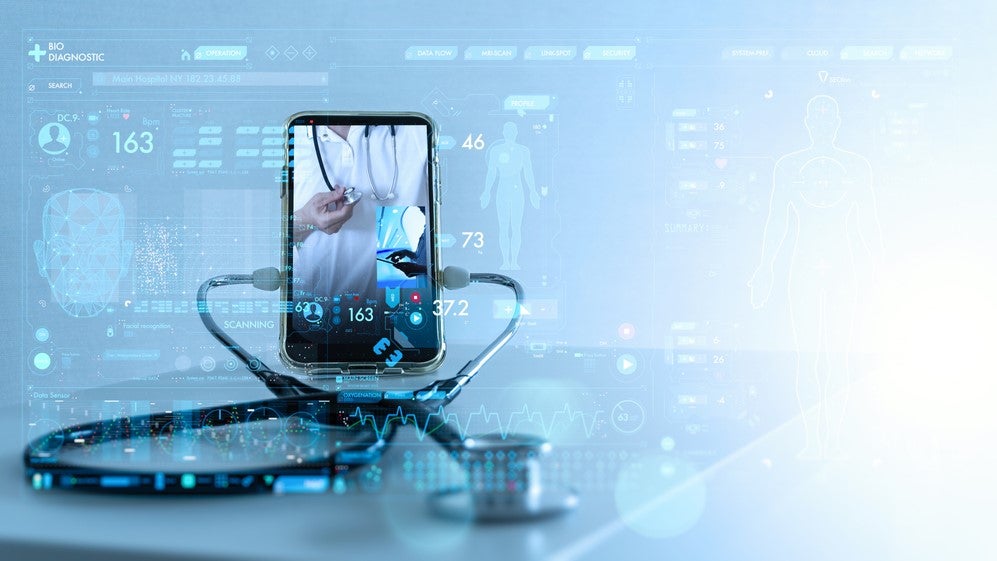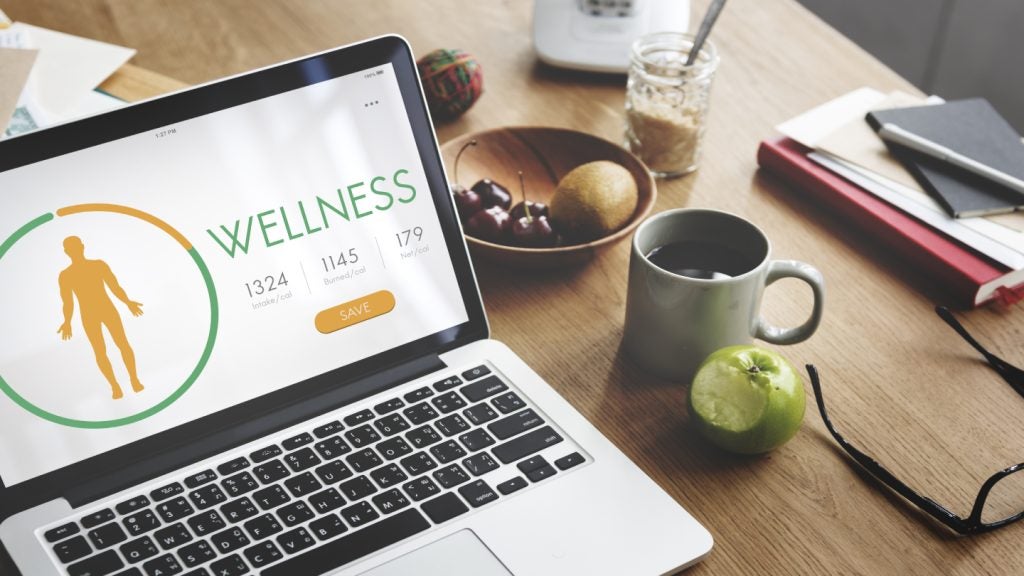
We have all used the internet as a self-diagnosis tool to find out the severity of our symptoms. As Google is known to give confusing and unsubstantiated information there has been a rise in symptom-checking apps that can provide a comparatively safer alternative to internet self-diagnosis.
Tim Price, chief product officer at Infermedica, which develops the Symptomate app, provides an overview of the amount of information their application can provide.
Price says: “[The app] provides patients with a set of possible conditions that might be causing their symptoms and a triage recommendation of the level of care they could access and the urgency of that, as well as some patient education materials to support them to take care of themselves, either before they access care, or if they’re taking care of themselves at home.”
GlobalData forecasts the regulated medical apps market will be worth about $12.2bn by 2030. As these apps are capable of not only providing possible differentials but also triaging recommendations, it begs the question: how are these apps developed, where are they getting their information from and just how accurate are they?
Clinical and peer review data behind the apps
The symptom-checking application utilises various technologies including artificial intelligence (AI) and machine learning. The K-Health app was built using a clinical language model similar to ChatGPT, as per the company’s co-founder and chief product officer Ran Shaul.
Apps such as Symptomate and Sensely use Bayesian statistical modelling, which models out probabilistic relationships between conditions, symptoms, risk factors, lab tests, and other medical concepts, to construct their algorithms. Both of these work quite differently and differ in the level of supervision and reproducibility.
How well do you really know your competitors?
Access the most comprehensive Company Profiles on the market, powered by GlobalData. Save hours of research. Gain competitive edge.

Thank you!
Your download email will arrive shortly
Not ready to buy yet? Download a free sample
We are confident about the unique quality of our Company Profiles. However, we want you to make the most beneficial decision for your business, so we offer a free sample that you can download by submitting the below form
By GlobalDataThe K-Health app’s language model was built using anonymised electronic medical records provided by the Mayo Clinic and Israel Health Maintenance Organization. As per Shaul, the app differs from ChatGPT as it not only uses a specialised dataset but that “every time our AI does something, every time the patient sees something, the physician is validating [it]”.
Symptomate app’s Bayesian statistical model was created using published literature such as “peer-reviewed studies, epidemiological data, and some also cases from our customers” according to Price. Adding that app interviews are used to provide feedback loops and inform future design but “everything is expertly curated and validated” by a team of 60 plus doctors.
Adam Odessky, CEO of Sensely, a conversational AI platform that also uses Bayesian modelling said that their model was created using information from the Mayo Clinic, the World Health Organization, the UK National Health Service, and other Sensely partners.
Complex and varied regulation
Due to the variation between the development, use cases, and area of coverage, the apps are regulated differently even in the same region in some areas. Both Symptomate and Sensely are classified as medical devices in the US but that doesn’t mean much. Price clarified that although Sympromate is a Class I medical device under the Food, Drug & Cosmetic (FD&C) Act, “however, for this kind of software currently the FDA exercises enforcement discretion, meaning at this time, Infermedica’s software products are not required to undergo regulatory submission, review and authorisation before heading the market”.
Adding that “because the particular intended use we have [for Symptomate] is classified as being for information rather than for diagnosis or for treatment. And, therefore, the FDA, has said that they won’t enforce the pathway to becoming a medical device”, says Price. But that’s easier said than done as there is no well-defined process which can make enforcement tricky.
In the European Union (EU) the process becomes more complex as Symptomate and Sensely are classified as Class IIa (under MDR) and Class I (under MDD) medical devices, respectively. However, Odessky noted that Sensely would soon be regulated as a Class II medical device in the EU. This creates a confusing pathway for the symptom-checker apps to regulate.
Although there are confusing and often minimum standards around the regulation of these applications. Price is of the view that “the onus should be on the manufacturers” with internal standards being as high as they can be to ensure that the company can happily recommend these to their families when they truly need to access care.
The large language models with supervised learning allow the AI to develop the probability of different diagnoses but it comes with a considerable downside as there is little to no reproducibility and no exact documentation of analysis. Odessky was sceptical about the use of unsupervised large language models stating, “generative AI, in particular sense, tends to hallucinate quite a bit”, making it potentially risky to be used in healthcare without proper supervision and governance by experienced doctors.
Both Price and Odessky agree that generative AI and large language models need stricter regulation, especially those without clinical oversight as it is difficult to “truly robustly clinically validate [these] products” due to a lack of predictability and reproducibility.
Future of the field
Symptom-checking apps have increased access to healthcare for people, with apps boasting millions of users. Price says over 1.5 million people used Symptomate over the past year. Apart from the vast user base, these apps are also more accurate than internet searches. In 2023, K-Health published data regarding the accuracy of the app showing it accurately diagnosed 84.2% of the cases.
When talking about the future, these apps imagine going beyond the simple integration with primary healthcare to improve efficiency. Odessky sees these apps delivering primary-level care, including interacting with other medical devices such as blood pressure cuffs and pulse oximeters to manage chronic conditions.
Price hopes that they “can create virtual clinical teams that can fundamentally address the problem of staffing shortages and funding shortages for healthcare so that everyone has the opportunity to access basic primary healthcare, rather than the fortunate few who either can’t afford it or live in areas where there are, whether it’s access to care”. The future for these apps is as broad as it is unpredictable.





